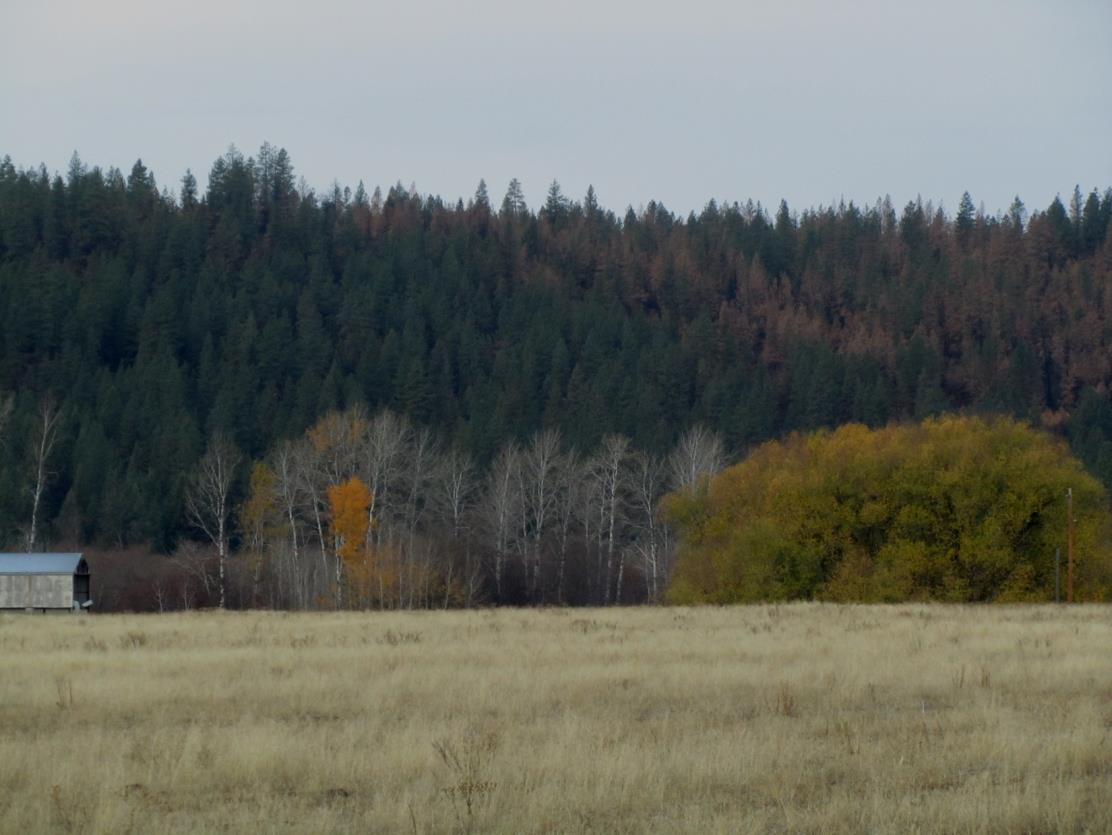You are viewing ARCHIVED content published online before January 20, 2025. Please note that this content is NOT UPDATED, and links may not work. Additionally, any previously issued diversity, equity, inclusion or gender-related guidance on this webpage should be considered rescinded.
The North Star Fire started on the Colville Reservation August 13. Prolonged hot weather, dry conditions and sustained winds created perfect conditions for large fire growth. Over the course of the 57-day fire, only one minor structure was burned, despite frequent evacuations, road closures and severe fire behavior. While just over 28,000 acres of the Colville Reservation burned, the total size of the fire was over 217,000 acres and cost roughly $48 million to put out. It was Washington State’s largest fire in 2015.
The planned objectives of the North Nespelem Underburn Fuels Treatments were intended to reduce potential damages to homes, ranches, and infrastructure near the community of Nespelem. It was also an opportunity to reintroduce prescribed fire as a natural process. By strategically placing the treatment next to a main dirt road, it was also intended serve as an anchor point for burnout operations that would protect firefighters and nearby public in the event of a wildfire.
On August 20, 2015, the southernmost tip of the fire was less than three miles from scattered homes and ranches in the Nespelem River Valley north of Nespelem. The treatments were located on the lowest forested slopes on both sides of the valley along a main dirt road, which firefighters later identified as an important containment line used to keep the fire from spreading to the larger town of Nespelem.
When the North Star Fire hit the treatment, the fire intensity and flame lengths decreased markedly, indicated by green tree crowns in the treated area, in contrast to mostly browned and scorched tree crowns outside the treated areas. The calmer fire behavior slowed the fire’s pace, reduced the amount of spotting and allowed firefighters to hold the road below the treated stand.
While protecting critical infrastructure and providing a safe area for firefighters to contain the fire is the primary success of this treatment, additional successes include unquantifiable costs that were avoided. These include health costs due to reduced smoke emissions, reduced soil erosion due to the lower fire intensity levels that did not over-cook the forest soils and an overall cost savings to public and firefighter safety.
For Immediate Release: May 1, 2016


